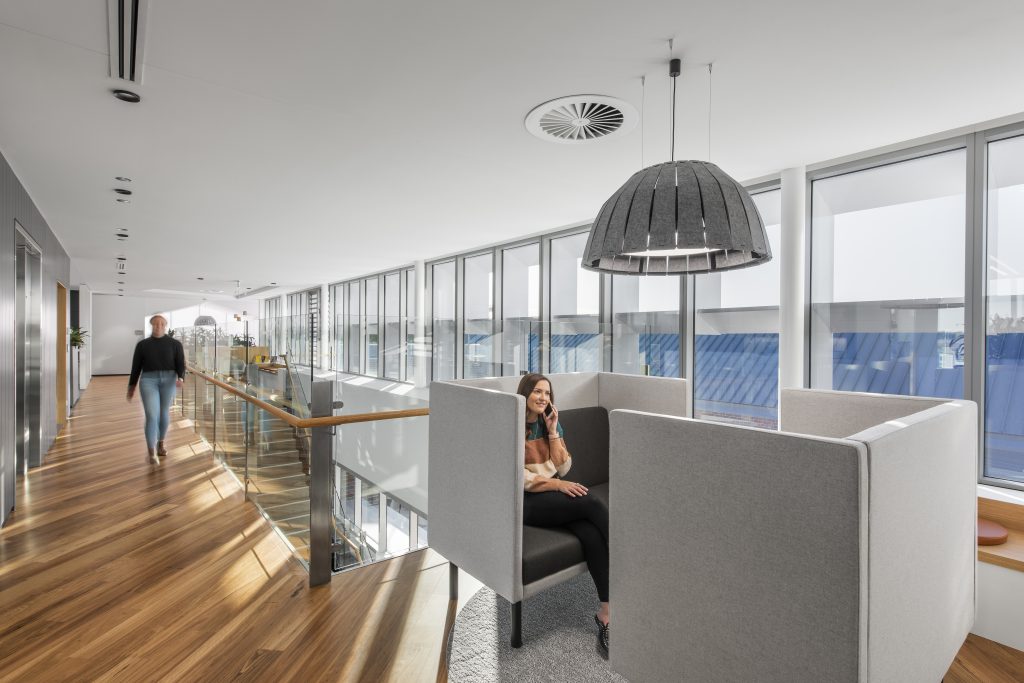The sounds around you impact your day, and they play an essential role in your health. From influencing productivity to managing stress, acoustics matter. According to one study, 65% of employees reported that excessive noise impacts their ability to work. However, it isn’t only construction equipment or heavy machinery causing issues. Ringing phones, loud conversations, and other blaring noises can be detrimental. And in areas like schools and stores, controlling sound is essential to overall performance and sales.
There is little that can be done to alter a structure or change building materials. Still, there are several opportunities to maximize the architectural acoustics of any space, from a floor of cubicles to an open plan. Here’s a brief lesson on the importance of your architectural acoustics. And four simple ideas to improve the acoustics in an office or commercial setting.
What Are Architectural Acoustics?
Architectural acoustics refers to how the construction and design of a building influence the sound within it. Professionals will consider architectural acoustics when designing floor plans and room layouts. In some structures, architectural acoustics are at the core of the building’s design.
Not all facets of architectural acoustics involve the framework of a building. Other important factors include:
- Material choice (soft materials will absorb more sound).
- Room layout (extra furniture will impact sound transmission).
- Positioning of extraneous items (such as fans, printers, or other noise-making devices).
In short, architectural acoustics focus on maximizing the sound health of your space. Not everyone can alter the existing construction of their space, but most can take control of their sound.







